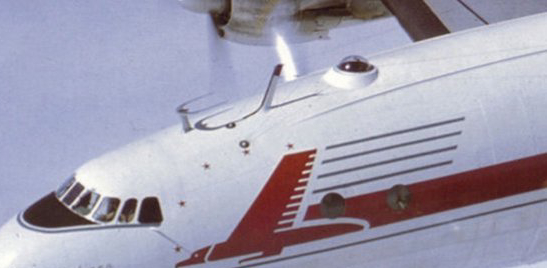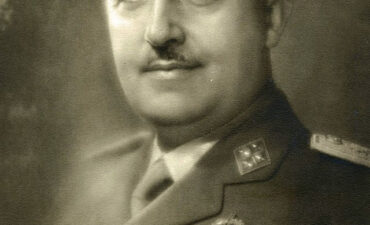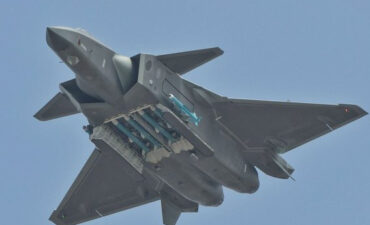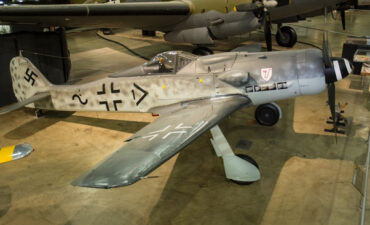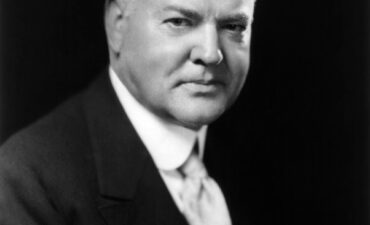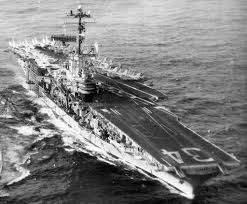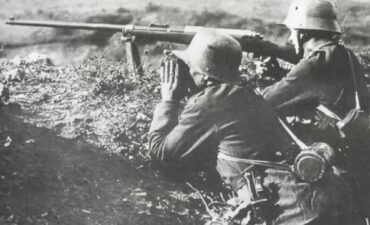How did piston engine passenger planes (DC6, Connie) cross the Atlantic?
How did piston engine passenger planes (DC6, Connie) cross the Atlantic? Piston-engine passenger planes like the Douglas DC-6 and Lockheed Constellation (Connie) crossed the Atlantic in the late 1940s and 1950s using carefully planned routes and stopover airports for refueling and maintenance.
The transatlantic flights of these aircraft typically followed a route with intermediate stops to refuel, as their range was not sufficient to make a nonstop flight between major cities like New York and London. These flights often stopped at airports like Gander (Newfoundland, Canada) or Shannon (Ireland), depending on the direction of the crossing. This was also necessary to mitigate the unpredictability of the weather and ensure safety, as these piston-engine planes were slower and less reliable than modern jets.
The long-range variants of these aircraft could carry enough fuel to make fewer stops, but they still needed careful planning, favorable winds, and sometimes emergency plans for diversion if conditions worsened. The Connie, in particular, with its Wright R-3350 engines, was capable of long-range flights that made it possible to offer reliable passenger services across the Atlantic, but it still involved multiple legs to ensure fuel sufficiency and safety margins.
